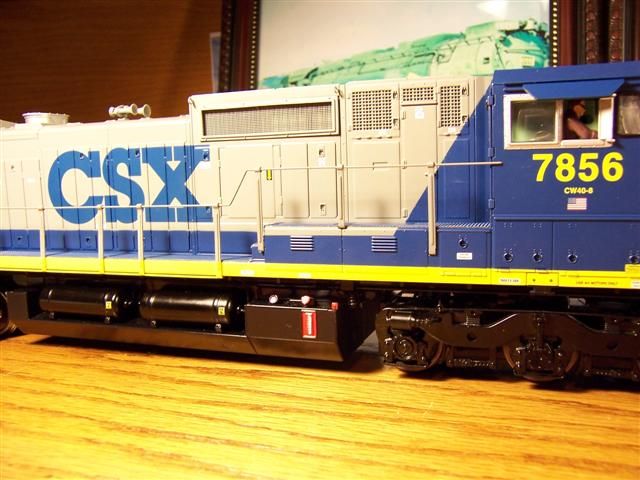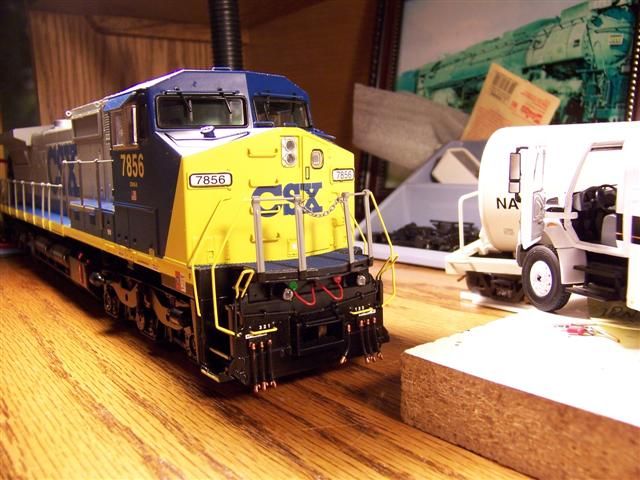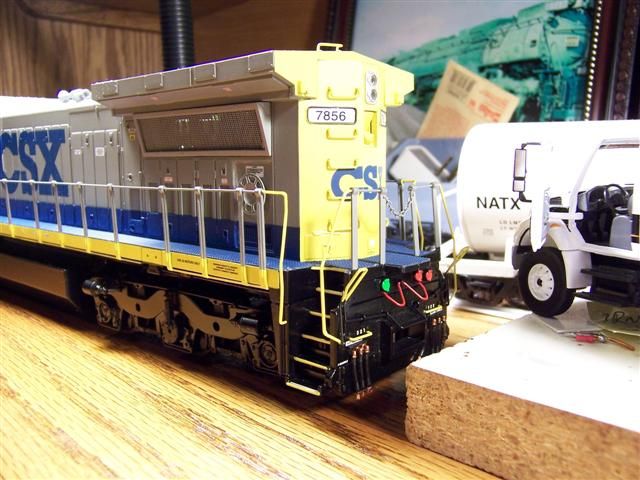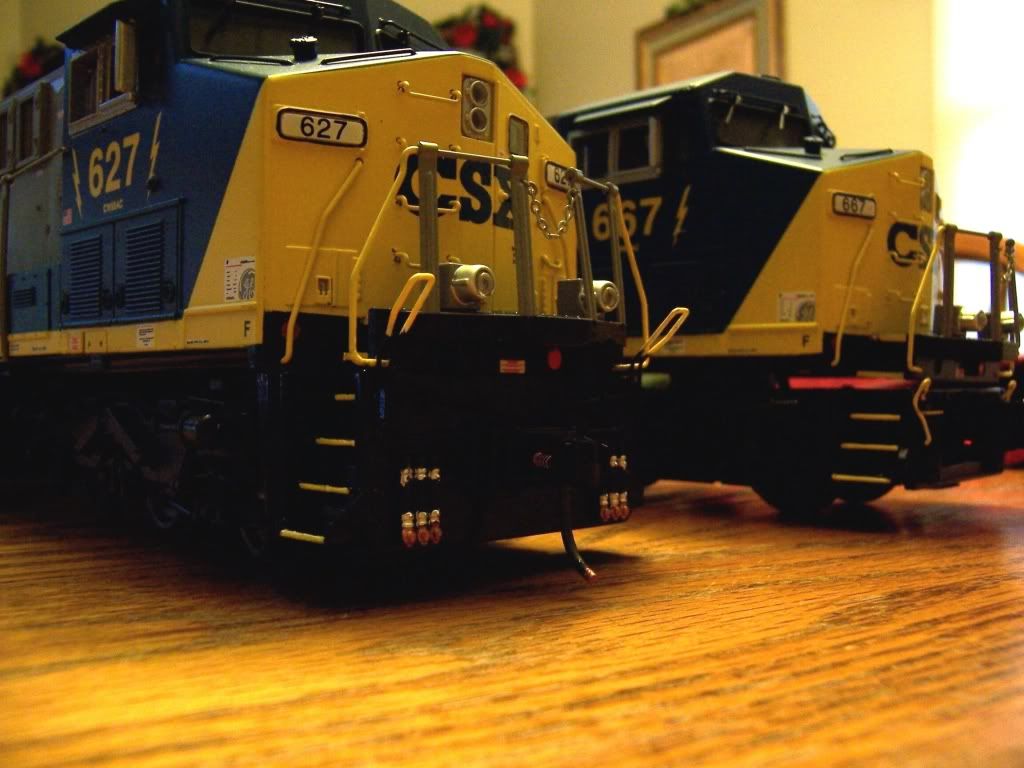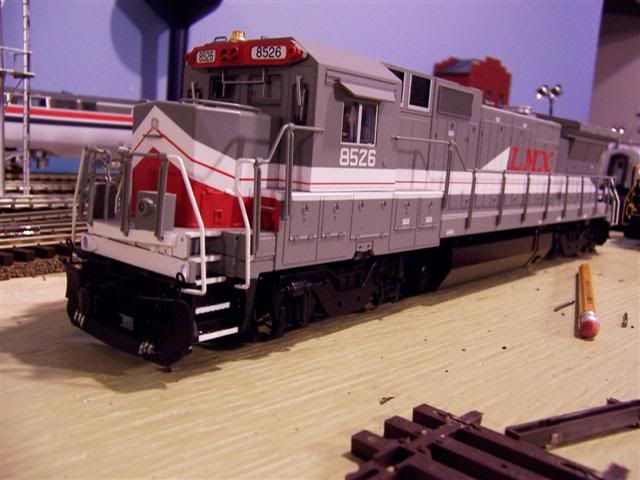"I realize getting these unique details correct requires more of an investment in tooling costs up front but its like they got to a certain point and said ok, it's good enough, and they were so close."
And it always will be so because even for relatively mass-produced O models, it always will be a small market with small margins. And some errors I think are attributable to small staffs who have to be jacks-of-all-trades in overseeing the design of a broad range of products. In other words, while many things are no doubt deliberate cost cosniderations, some prototype variations I suspect just slip by the people doing the planning, who either don't pick up something or forget. It would be nice if test shots were shown for customer comment, as seems common in the smaller scales, but that just doesn't seem to be the way it is done among the O mass manufacturers. (If fairness I think MTH did show what I think was a test shot of the ATSF Dash 8-40CW, though my comments about the step wells fell on deaf ears).
Since the Atlas comparison is made, it would be a shame if no one pointed out that even their Masterline models contain such compromises. Placement of things like head and ditchlights on the 8-40Bs and the oversized fuel tanks on the GP60Ms are examples. The SP folks have complained for years that Atlas omits SP-specific light packages are from certain models. And the photos of the Trainman Dash 8s on Atlas's website show incorrect antennas on the ATSF and UP models, which seems inexplicable given they feature the correct cab variations otherwise.
Ironically, by the way, the step wells on the MTH Dash 9s also are wrong, but would be correct for a Dash 8-40CW. And I've long thought the MTH Dash 9 radiator wing was actually too small for that prototype.
By the way, Joe, steps aside, I think it's a handsome engine with much more right than wrong.
RM
